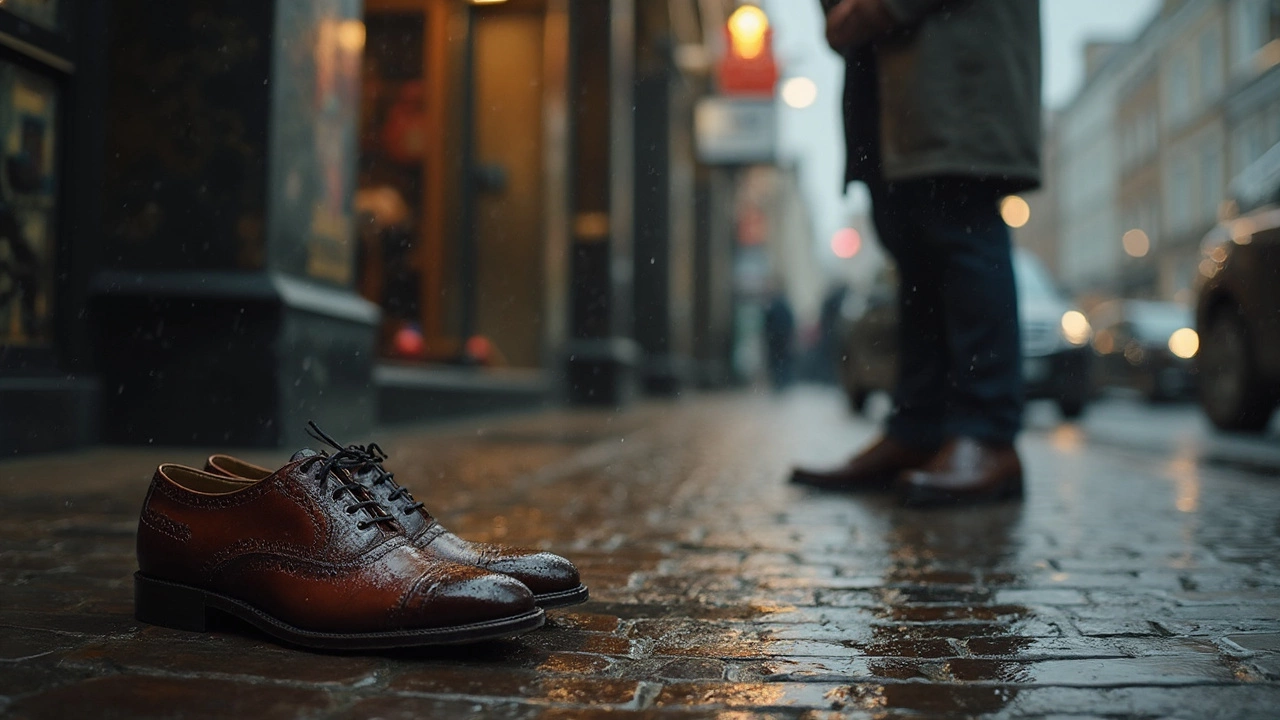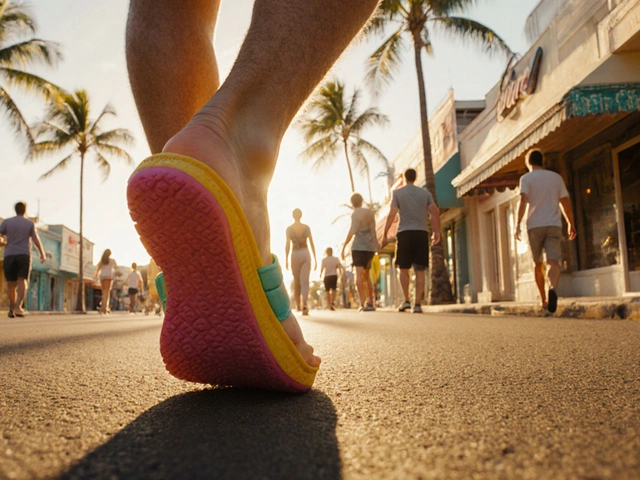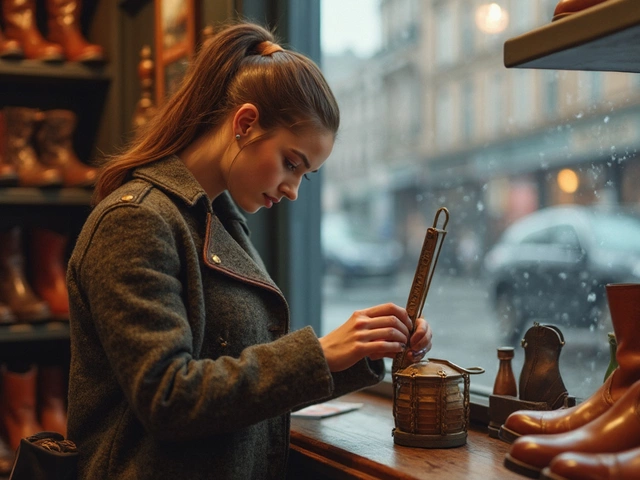Leather Care Tips You Can Use Today
Got a favorite pair of leather boots or a handmade leather bag? You don’t need a fancy kit or a degree in chemistry to keep them looking good. All you need are a few simple steps, the right tools, and a little bit of time. Below you’ll find the basics of cleaning, conditioning, protecting, and repairing leather that work for everyday wear and for the special pieces you buy at Handmade Designs Elgin.
Everyday Leather Cleaning
The first rule is to wipe away dust and dirt before they settle. A soft, dry cloth does the trick for most items. If you see a stain, use a damp cloth with a tiny bit of mild soap – think hand‑washed dish soap – and test it on a hidden spot first. Gently rub the stain in a circular motion, then wipe off any soap residue with a clean damp cloth. Let the leather air dry away from direct heat; a radiator or sun can shrink or crack the material.
For suede or nubuck, avoid water altogether. A suede brush or a clean pencil eraser lifts surface marks without soaking the leather. If the whole piece looks dull, a light spray of a suede protector can bring back that soft nap.
Keeping Leather Shoes in Shape
Conditioning is the secret to preventing cracks. After cleaning, apply a thin layer of leather conditioner or a natural oil like neatsfoot oil. Use a soft cloth, spread the product evenly, and let it soak for a few minutes. Buff the surface with a dry cloth to remove excess and add a bit of shine. Do this every few months, or more often if you wear the shoes daily in wet weather.
Waterproofing spray adds an extra barrier when you’re heading out in rain. Spritz the shoes from about a foot away, let them dry, and repeat after a week for full protection. Remember, the spray is a surface guard – it won’t replace regular cleaning and conditioning.
Storing leather correctly extends its life. Use shoe trees or stuff the shoes with newspaper to keep their shape. Keep them in a breathable bag rather than a plastic bag, which traps moisture and promotes mold.
If a sole starts to separate or a stitch comes loose, don’t panic. A quick visit to a cobbler can fix most problems, and sometimes a DIY glue designed for leather works for minor fixes. Just clean the area well, apply a thin line of glue, press the pieces together, and let it cure for 24 hours.
Handmade Designs Elgin’s collection of leather shoes and accessories is built to last, but even the best craftsmanship needs a bit of love. Follow these straightforward steps, and your leather pieces will stay supple, shiny, and comfortable for years. Got a specific problem? Drop us a message – we love helping fellow leather fans keep their gear in top shape.

Does Leather Get Tighter When Wet? Leather Shoes Explained
Ever wondered what happens when leather shoes get soaked? This article breaks down whether leather gets tighter when it's wet and explains the real science behind it. Discover why leather changes shape and how to keep your shoes comfortable. You'll also pick up tips to avoid ruining your favorite kicks. Keep your next rainy day mishap from turning into a total disaster.




